Filter News
Area of Research
- Biology and Environment (21)
- Clean Energy (21)
- Computational Biology (1)
- Computational Engineering (1)
- Computer Science (1)
- Fusion and Fission (2)
- Fusion Energy (1)
- Materials (42)
- Materials for Computing (5)
- National Security (2)
- Neutron Science (9)
- Quantum information Science (2)
- Supercomputing (52)
News Topics
- (-) Critical Materials (25)
- (-) Microscopy (51)
- (-) Summit (57)
- 3-D Printing/Advanced Manufacturing (118)
- Advanced Reactors (34)
- Artificial Intelligence (89)
- Big Data (51)
- Bioenergy (89)
- Biology (97)
- Biomedical (58)
- Biotechnology (22)
- Buildings (56)
- Chemical Sciences (61)
- Clean Water (29)
- Climate Change (96)
- Composites (25)
- Computer Science (185)
- Coronavirus (46)
- Cybersecurity (35)
- Decarbonization (77)
- Education (4)
- Element Discovery (1)
- Emergency (2)
- Energy Storage (108)
- Environment (193)
- Exascale Computing (37)
- Fossil Energy (5)
- Frontier (42)
- Fusion (53)
- Grid (61)
- High-Performance Computing (84)
- Hydropower (11)
- Irradiation (3)
- Isotopes (51)
- ITER (7)
- Machine Learning (47)
- Materials (142)
- Materials Science (137)
- Mathematics (7)
- Mercury (12)
- Microelectronics (2)
- Molten Salt (8)
- Nanotechnology (60)
- National Security (60)
- Net Zero (12)
- Neutron Science (130)
- Nuclear Energy (105)
- Partnerships (41)
- Physics (59)
- Polymers (31)
- Quantum Computing (31)
- Quantum Science (66)
- Renewable Energy (2)
- Security (24)
- Simulation (45)
- Software (1)
- Space Exploration (25)
- Statistics (3)
- Sustainable Energy (122)
- Transformational Challenge Reactor (7)
- Transportation (94)
Media Contacts
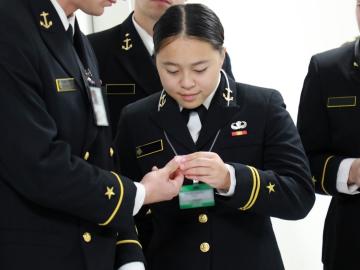
Nuclear engineering students from the United States Military Academy and United States Naval Academy are working with researchers at ORNL to complete design concepts for a nuclear propulsion rocket to go to space in 2027 as part of the Defense Advanced Research Projects Agency DRACO program.
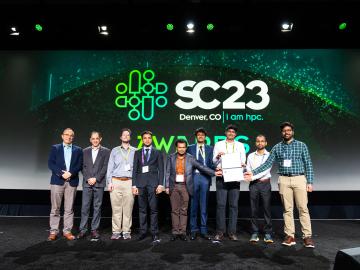
A team of eight scientists won the Association for Computing Machinery’s 2023 Gordon Bell Prize for their study that used the world’s first exascale supercomputer to run one of the largest simulations of an alloy ever and achieve near-quantum accuracy.
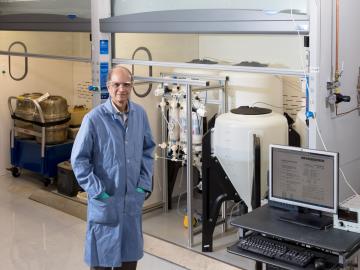
Caldera Holding, the owner and developer of Missouri’s Pea Ridge iron mine, has entered a nonexclusive research and development licensing agreement with ORNL to apply a membrane solvent extraction technique, or MSX, developed by ORNL researchers to mined ores.

A type of peat moss has surprised scientists with its climate resilience: Sphagnum divinum is actively speciating in response to hot, dry conditions.

The Oak Ridge Leadership Computing Facility, a Department of Energy Office of Science user facility at ORNL, is pleased to announce a new allocation program for computing time on the IBM AC922 Summit supercomputer.
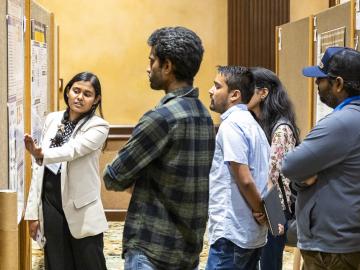
Speakers, scientific workshops, speed networking, a student poster showcase and more energized the Annual User Meeting of the Department of Energy’s Center for Nanophase Materials Sciences, or CNMS, Aug. 7-10, near Market Square in downtown Knoxville, Tennessee.

Madhavi Martin brings a physicist’s tools and perspective to biological and environmental research at the Department of Energy’s Oak Ridge National Laboratory, supporting advances in bioenergy, soil carbon storage and environmental monitoring, and even helping solve a murder mystery.
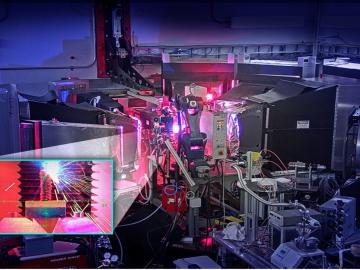
Technologies developed by researchers at ORNL have received six 2023 R&D 100 Awards.
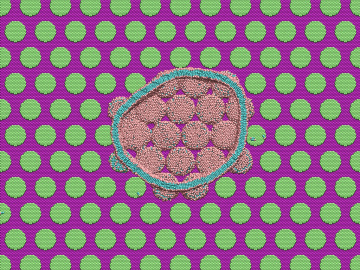
Over the past decade, teams of engineers, chemists and biologists have analyzed the physical and chemical properties of cicada wings, hoping to unlock the secret of their ability to kill microbes on contact. If this function of nature can be replicated by science, it may lead to products with inherently antibacterial surfaces that are more effective than current chemical treatments.
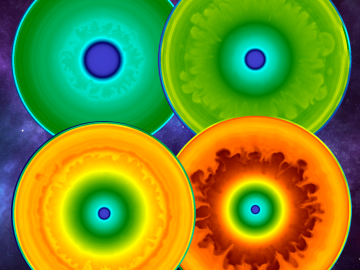
As a result of largescale 3D supernova simulations conducted on the Oak Ridge Leadership Computing Facility’s Summit supercomputer by researchers from the University of Tennessee and Oak Ridge National Laboratory, astrophysicists now have the most complete picture yet of what gravitational waves from exploding stars look like.




